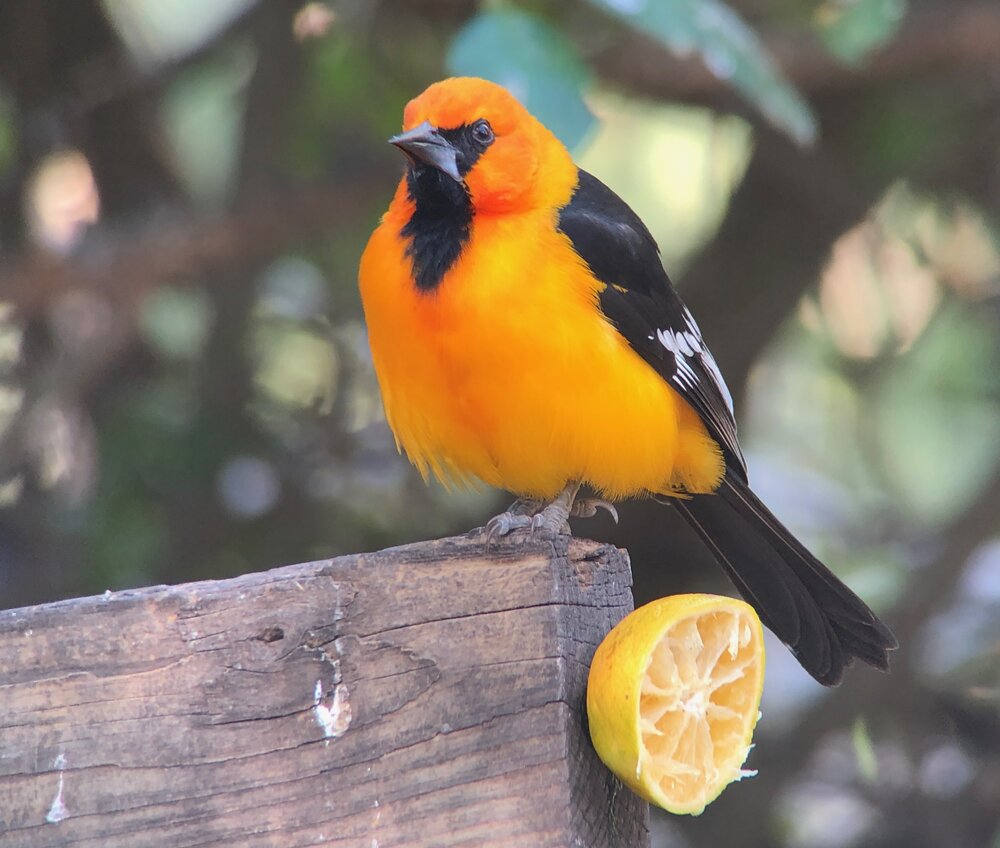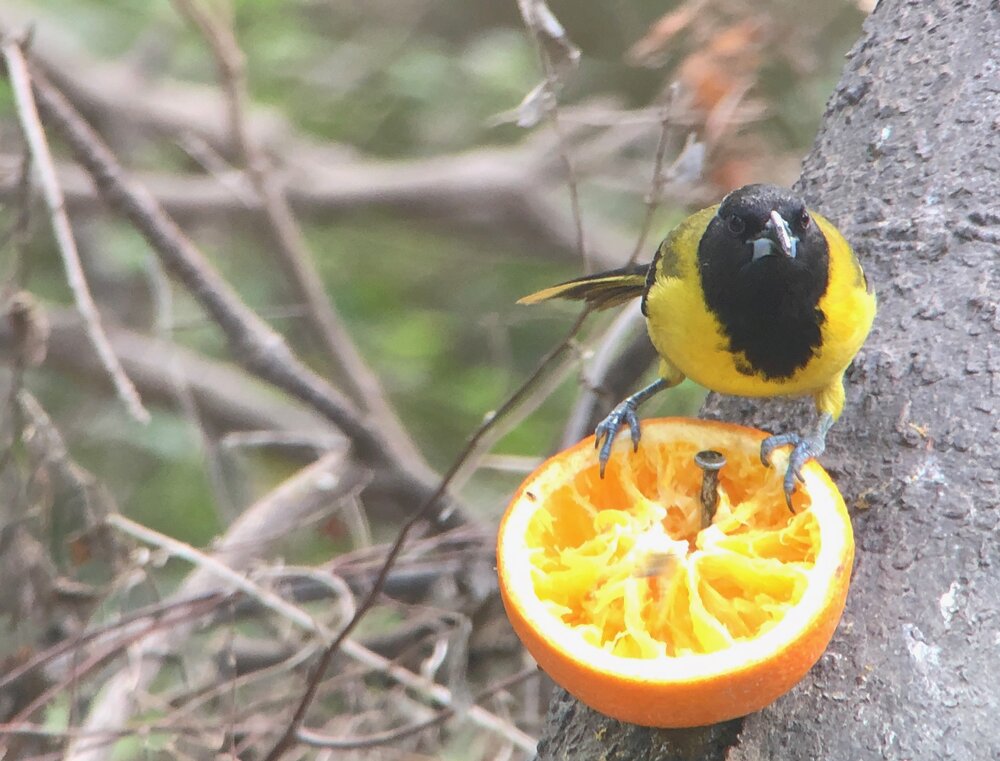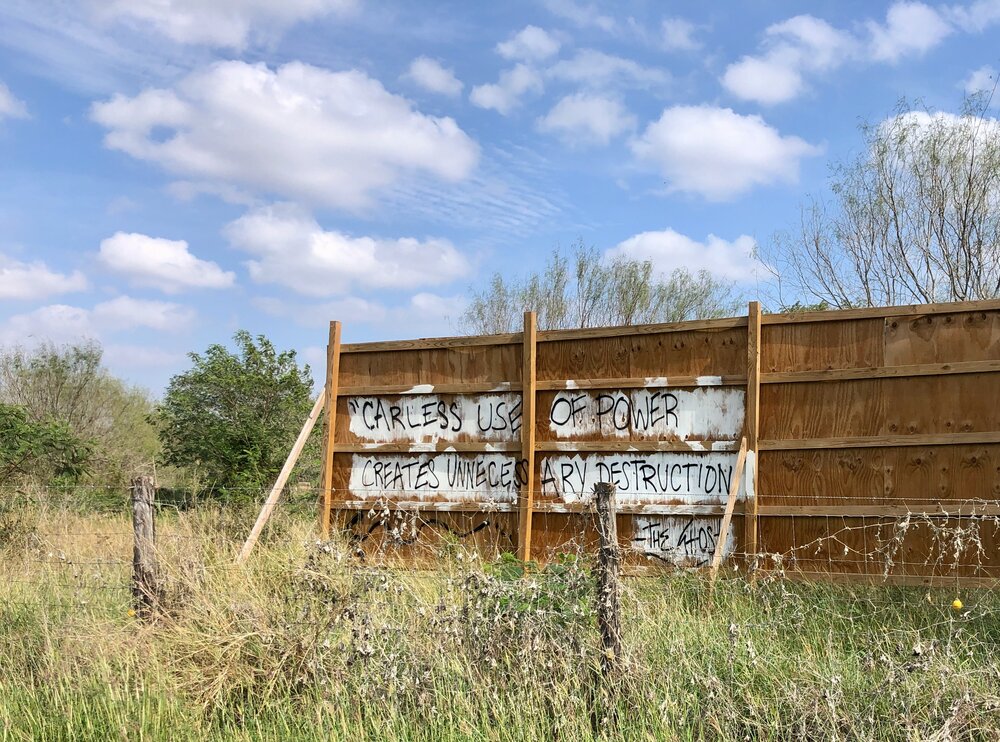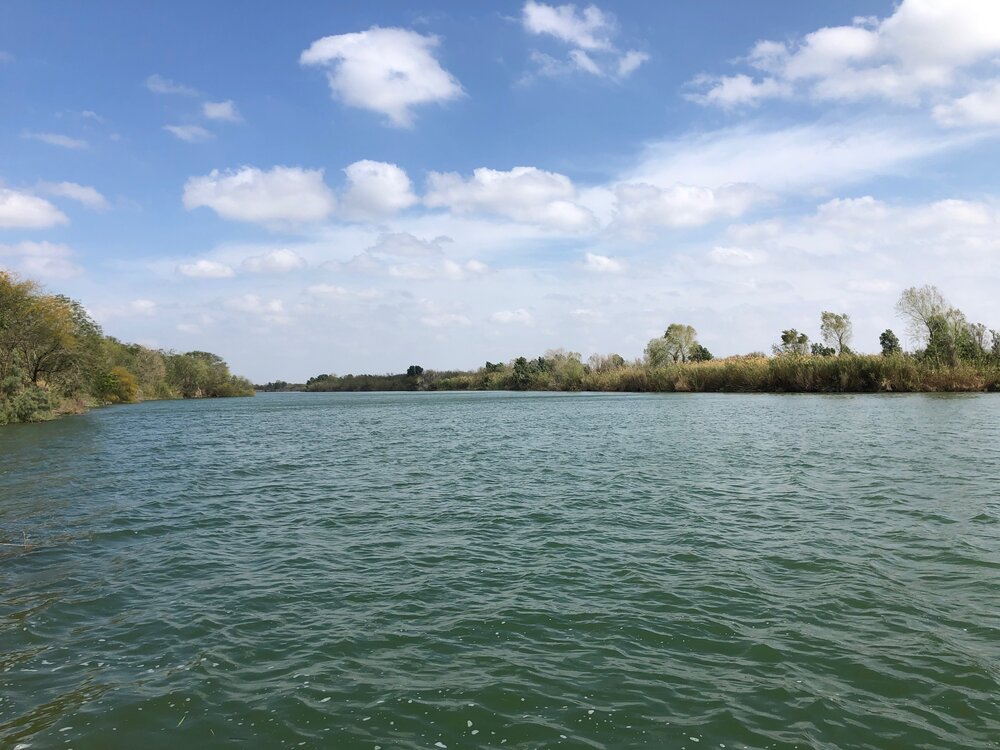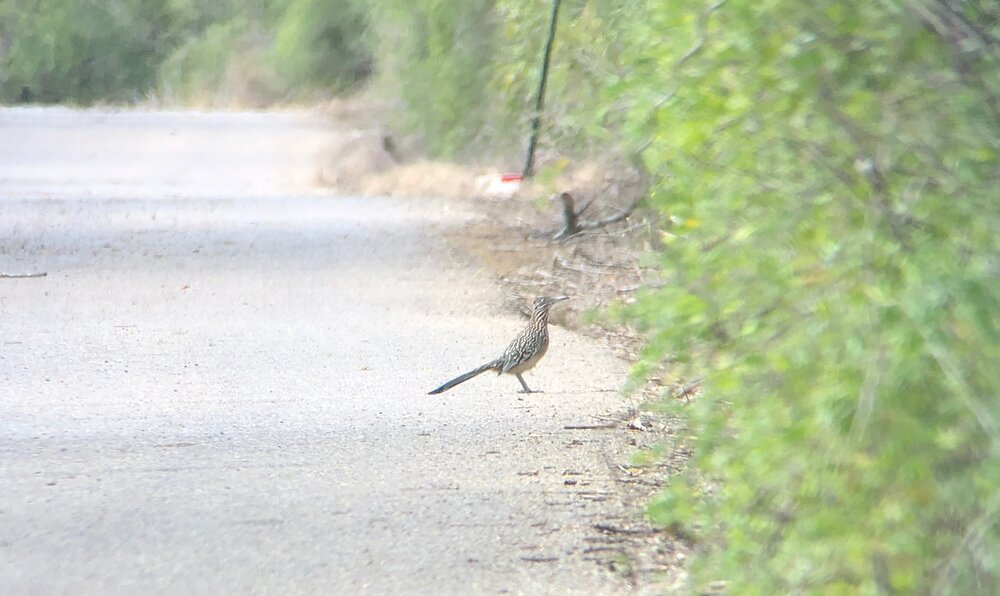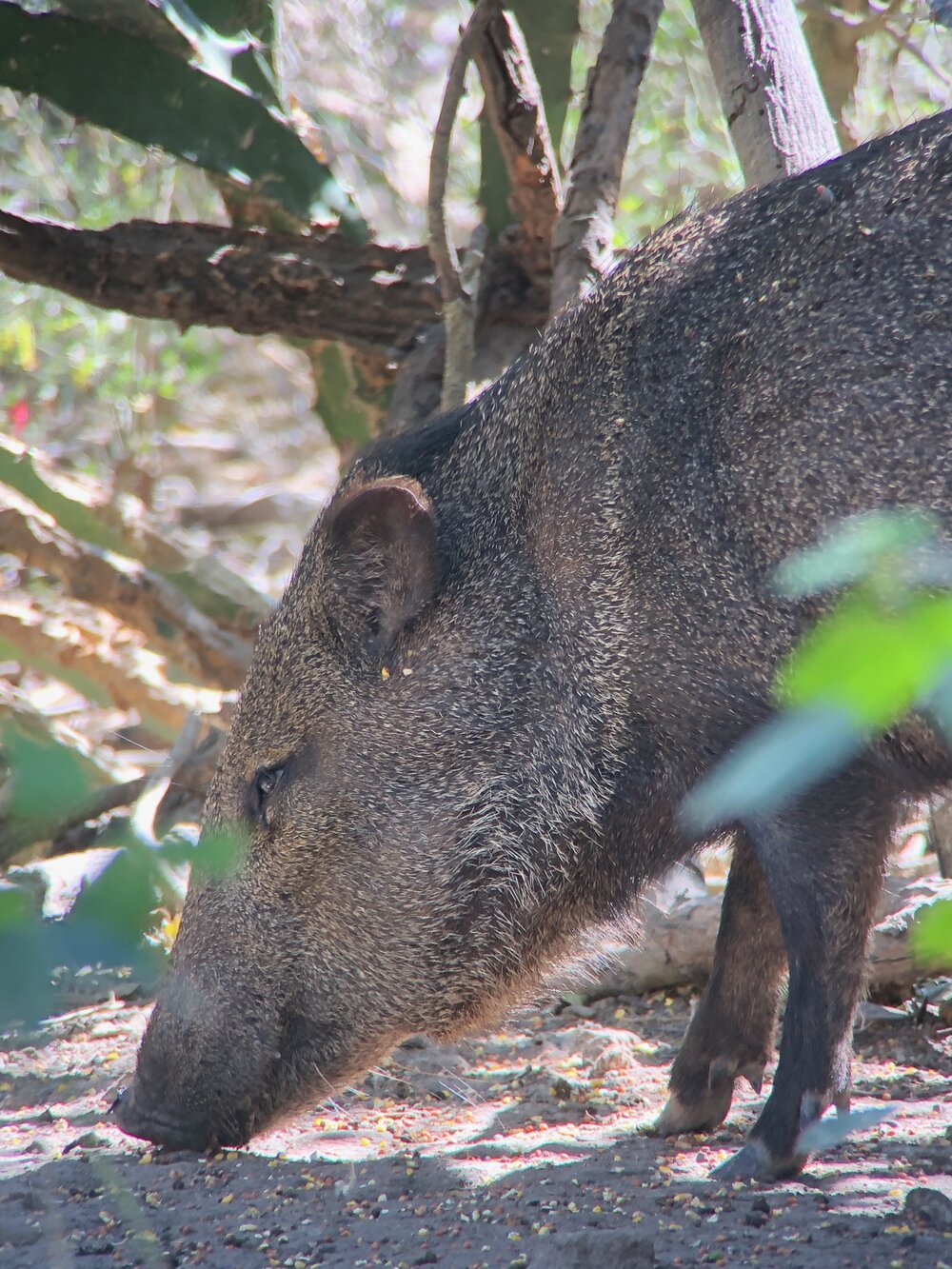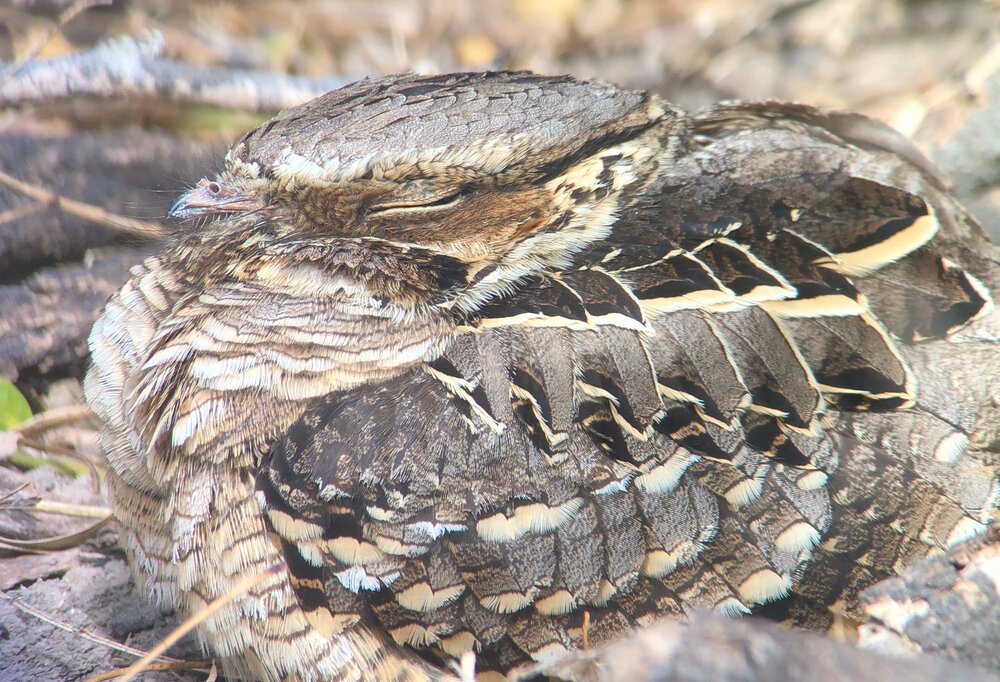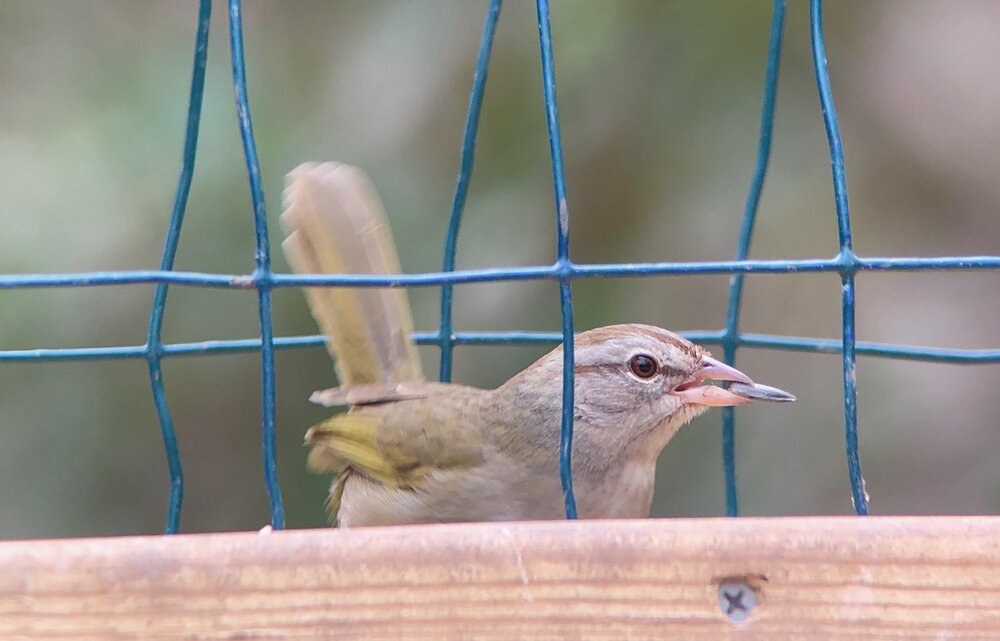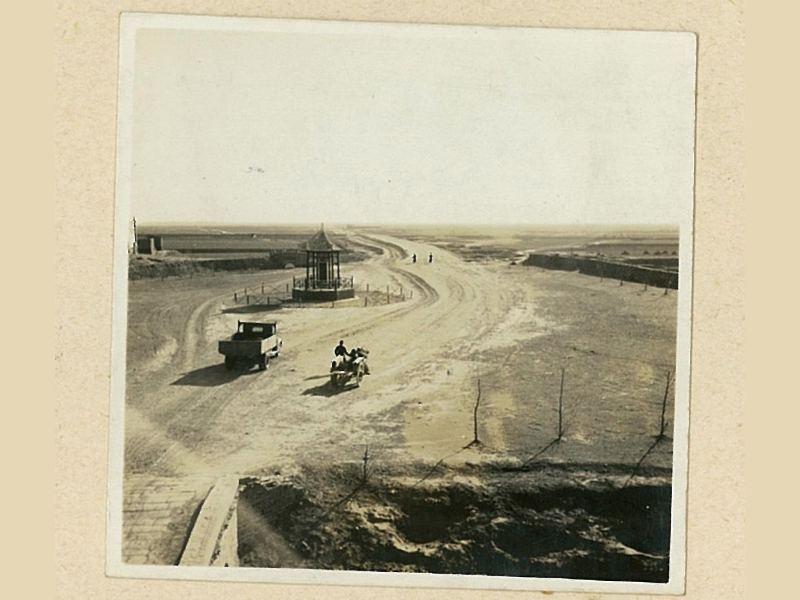My neighbor died as I was finishing this essay. We were two weeks into the stay-at-home order during the COVID-19 pandemic of 2020. When the ambulance came, I stood on the front porch and watched the paramedics don hazmat suits before entering his home. His wife stood on the street as they loaded him into the ambulance, and I, unable to approach her, blurted out, “Will you be able to go with him?”
“They said I can go if I wear a mask,” she replied.
But they wouldn’t let her into the hospital. She spent the next 48 hours on the phone, trying to get information from the doctors about his condition. It wasn’t COVID-19, but only when they determined that his was an “end-of-life” situation was she allowed to go to his bedside. She sat with him and read poetry as they turned off the ventilator.
Today she sent me the link to the online memorial. Though she is next door, we are grieving at a distance.
It feels like a new reality, living in a socially-distanced world, but there are people who can show us how to do it. I come from a family of migrants, and migrants have long lived at a distance from their loved ones, through all their rituals of transition from birth to marriage to death. Adapting to new circumstances may be the most crucial lesson we can learn from the experiences of migrants, even if we never leave home.
My father left Pakistan in 1959 for the US and my grandmother told me that when he left, “he stopped speaking” to her and she was “left alone.” Yet, the sounds of his weekly phone calls to his family in Lahore and Karachi are some of my earliest memories. In the 1980s and 1990s, when these calls were expensive, they were brief and loud (his mother suffered the hearing loss of old age). My dad struggled to get all the news before the crackly line cut out and would beckon us to shout “Hello!” into the receiver, even though we couldn’t speak or understand Urdu and my grandmother spoke no English. This connection was a major improvement over the early days when they sent letters, fixed-price aerograms, and the occasional telegram (like when my grandfather congratulated my parents on their marriage). My father never lived in Pakistan again, but these technologies sustained our connection.
My grandmother’s loneliness after the migration of her two oldest sons to the US is a reminder of the toll transnational migration levies on families. Though he owned her home, sent monthly remittances, paid for weddings, funerals, and washing machines, my dad could never be there enough. Not until I lived with my grandmother in 1999 did I learn how the presence of her family sustained her. She expected to see her children and grandchildren, or at least speak to them, daily. Our American family had never been close enough for that.
In February 2006, my entire American family – including my father’s foreign-exchange host family, who had cared for him when he came to the US in high school – planned a trip to Pakistan. Shortly after we arrived, my grandmother had a stroke. Hers was my first Pakistani funeral. So many people were there. Grieving, like praying, is a public affair in Islam. Death activates the community and news travels quickly; ritual specialists, friends, and family come together to care for the grieving, and to shepherd the soul from the land of the living. The bereaved gather to hasten the progress of the soul by reciting scripture, praying, and doing good works, including caring for the bodies. But Muslim burials happen within twenty-four hours, and migrants can rarely be there to serve their families when people die. How will distant families care for them?
Few migrants, I’m guessing, anticipated what it might mean to die far from home, but today, a lot of them need to. After the liberalization of US immigration laws in 1965, when South Asian migration to the US accelerated, people landed in places where they had little community. When a few South Asians were together, their communities were mixed, multinational. They stepped in to help each other – a South Indian Christian taught my father to cook at Texas Christian University – but they had to arrange everything. If someone died, whoever was available performed whatever ritual they knew. People from the community volunteered to wash bodies and lead prayers. Growing Muslim communities established mosques and, later, their own cemeteries. Today, as the post-1965 generation ages, American funeral homes have begun learning the rituals associated with Asian faiths, including Hinduism and Islam.

A Muslim cemetery in Macau, China. (Courtesy Wikimedia)
A good death, though, is not just a matter of knowledge. Because death rituals in Islam prescribe how the body must be arranged in the grave, and what will happen to it afterward, Muslims need a place when they die. Still, the grave is more than a plot of ground or a repository; it is a site of pilgrimage. My Pakistani family observes the annual death anniversaries of our own family members, as well as those of the Prophet’s family. Each anniversary has different protocols and, if possible, people visit the graves to pray for the deceased. They leave flower petals on the graves of their loved ones and on the surrounding graves. One woman told me that she extends this care more broadly; when she passes a graveyard, she whispers, “Assalamu aleikum, ahl-e-qabr” (Peace be upon you, people of the grave). Community sustains the living and the dead.
When death is so tightly linked to place, leaving home means leaving loved ones, but also leaving one’s graveyard. When a migrant dies far from home, they anchor a new graveyard, and by holding the body, the host country becomes their country. My father, who left Pakistan in 1959, and settled in Texas, anchored our graveyard in 2013.
After his death, I feared that the connection my sisters and I had to our relatives in Pakistan would fray or even disappear, but I needn’t have worried. WhatsApp saved us. The messaging app gives transnational families like ours a way to stay in touch despite being separated by continents. My dad’s weekly phone calls and the alienation of distance have been replaced by daily check-ins. Through WhatsApp we can share news, good wishes, jokes, silly videos, and feel like we are all laughing together. Or mourning. There is one relative who only ever sends announcements about deaths. “Please recite surah-e-fatiha,” he reminds us. A chorus of “Done. Done. Done,” resounds from around the world.
Death itself is a migration, but I have learned about it through the experience of transnationality. We have always grieved at a distance. When we could not be there to recite “Inna lillahi wa inna ilayhi raji’un” (Verily we belong to Allah, and to him do we return) or pray next to the body, kept cold by blocks of ice, news of a death had the substance of an announcement. It was not a process. Not until our next visit could we feel the cool marble of the headstone or inhale the fragrance of the rose petals. The first visits we scheduled when we landed in Pakistan were the condolence visits. Even months late, these visits brought closure.
Today, the technologies that have kept me in daily contact with my family allow virtual attendance at funerals, the global transmission of requests to recite prayers, and even provide the opportunity to gaze upon the headstone from across the globe. In Karachi, the private Wadi-a-Hussain cemetery proclaims itself the “first online graveyard.” Relatives can enter a grave number into a search field on the graveyard’s website and pull up “the grave pictures online so that people can offer Surah-a-Fateha to their love ones who are not a present part of their life anymore.” Similarly, the Shehr-e-Khamoshan (City of Silence) project of the Punjab government set out to offer “livestream footage” of funerals at its four “model cemeteries” in Pakistan’s largest and wealthiest province. These services are designed for overseas relatives, some settled in the Gulf, others as far away as Britain, Spain, or the United States, who can afford such arrangements.
Even in normal times, WhatsApp, Facebook, and Twitter are awash with requests to pray for the deceased, to beg for the soul’s forgiveness, making Muslim grieving a public and transnational experience. Standing virtually next to the grave, even if you cannot cast rose petals on it, offers a more sustained intimacy with death’s finality, but also with the community that grieves with you. We may not look into each other’s eyes on FaceTime, but we can see one another’s tears.
As I write, displacement and social distancing affect far more than just transnational migrants. People from all walks of life are discovering that, under these circumstances of enforced distancing, it is nearly impossible to grieve in the intimacy of our families and congregations. Yet, for generations of migrants, these challenges are not new. Migrants have adapted to distance, found strategies for surviving displacement. Death may be the most intimate of processes, truly known only to the dying, but grieving is the work of community. If community can be globalized, can we, too, find comfort in grieving from a distance? Can we grieve authentically, even virtually? Whether by telephone or iPhone, we are learning to talk without proximity, connect without human contact, mourn without boundaries.
